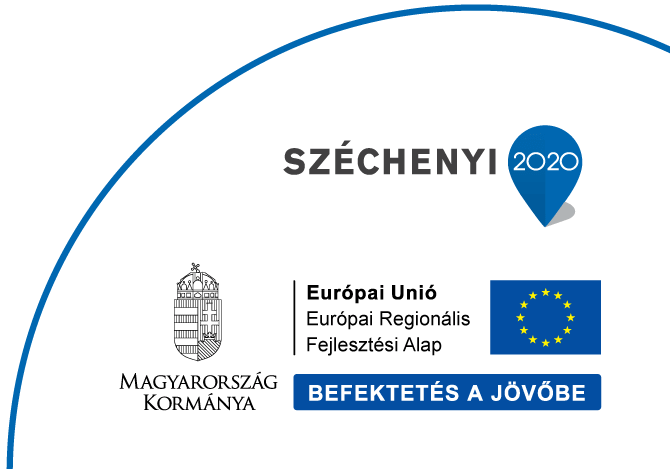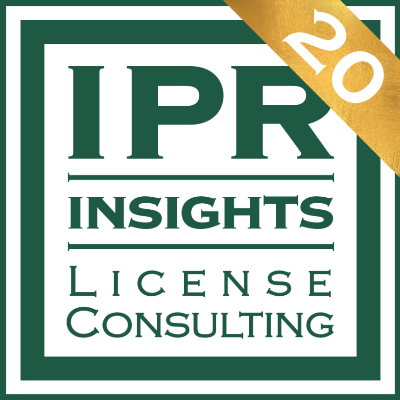Has Tesla legitimately disabled the self-driving system in a second-hand car? In other words, how Elon Musk beats the licensing expert? Published by Gergely Árpási (IPR-Insights) on Bitport.hu.

Recently, an interesting case about a second-hand Tesla car made a splash in the press. The vendor disconnected the car’s Enhanced Autopilot (EAP) and Full-Self Driving Capability (FSD) features with a remote software update a few days after the purchase, claiming that the new owner did not pay for it. It costs $ 6000 if newly purchased, or afterward as an extra, $ 8,000 is added to the already ?substantial? total. (You can read further details about the story here.)
This car is not that car anymore
Tesla’s practice raises a number of interesting questions from the licensing perspective and points out that we will soon have to get used to a completely different car buying and selling procedure. My research focused primarily on Tesla’s EAP and FSD systems: I simply wondered if the software’s end-user license agreements clearly stated such issues. It was then that the system first led me to the wall.
On the vendor’s website, I found only a link to the original availability of the open-source licenses used, and only the price and the user guide for the software available for a fee. Further researching, I wrote to Tesla on February 11th that I would like to request an EAP and FSD software end user license agreement, which the automaton was willing to respond to, my email was received, and they would respond within 24 hours. This is where the system led me to the wall for the second time: I have been waiting for the answer ever since.
In the meantime, I hid in the forums to see if I could find any relevant information, but it became clear to me that I cannot expect any response. It turned out that no Tesla owner received such a document either at the time of purchase or later, for example, by email.
The $ 8,000 question: What kind of metrics is it licensed by?
After that, I started to wonder even more: what metrics does Tesla use for these two software? Metrics play an important role here because it determines the extent of utilization. In the present case, common sense would dictate that such software be tied to the runtime device, the car. Therefore, anyone sitting in the car the service is at his or her disposal. With this approach, the value of the vehicle used is not affected by the value of the software.
However, the case of the luckless buyer suggests that the software is tied to the user (licensed with a quasi-per-user metric), so if the user moves to another Tesla that does not have this feature, he can activate and use it. Tesla would not be special in this, more and more major software vendors are adopting this approach, and manufacturers of cars ? that are likely to become literally self-propelled robots ? probably will not use any other method.
If this is the case and in the future, the list of available extras will consist mostly of software with user permissions, one will need to reassess the depreciation fundamentally when selling a used car. One cannot sell the software with the car, and if every manufacturer develops its own software, brand loyalty will take a completely different basis, especially with extras of this value. The dear reader would also consider buying a Tesla again if another brand could not use the software purchased at a high price from Tesla. In addition, cars that are constantly in online connection expected to be audited by vendors.
The case highlights another important point: the perception of pre-owned software is fundamentally different in America and in Europe. In America, the law does not cover second-hand usage rights, you can sell ownership, and only Tesla is entitled to it in the current situation. In this case, however, all used Tesla customers may face this problem.
However, in the case of a car first registered in Europe, the resale of second-hand software ? of course legal, traceable, clean source and used in accordance with the terms of use ? is permitted by law. This way the case described above in Europe can only occur if one cannot prove he has the right to use the extras and have the permissive, supporting documents relating to the right of use.
In this particular case, Tesla’s communication was not clear. For example, it is not known whether the blocked system came from an illegal source, which would clearly explain the legitimacy of its action. However, it is a questionable practice that there is no clear EULA for software and this way the user is essentially unaware of exactly what he is getting the right for, especially in case of second-hand software.
Thus, everything I have written above is based on mere assumptions unfortunately until Tesla makes available its end-user license agreements for its software.






































